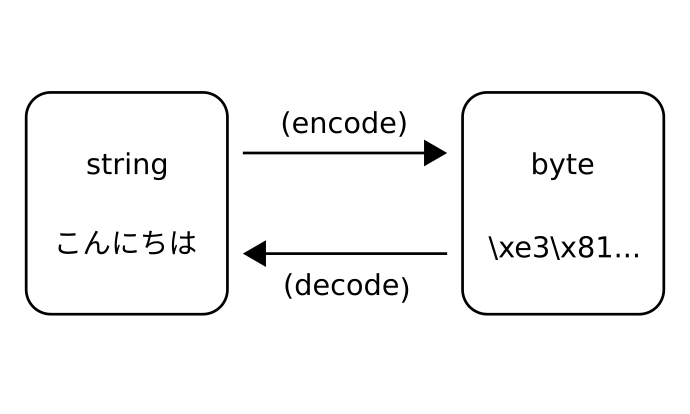


# encodes into ascii and ignores any errors while encodingĮncoded_str1 = text.encode("ascii","ignore") The default value is strict but we can specify other values such as and allows other possible values ‘ignore’, ‘replace’, ‘xmlcharrefreplace’, ‘backslashreplace’ etc text = "Hellö Wörld" In case of any errors during encoding we can handle it by passing the error argument. UnicodeEncodeError: 'ascii' codec can't encode character '\xf6' in position 4: ordinal not in range(128) Example 3- Handling Encoding errors with error parameters Print("The ascii encoded String is:", encoded_str)įile "c:\Personal\IJS\Code\main.py", line 5, in The UTF-8 Encoded String is: b'Hell\xc3\xb6 W\xc3\xb6rld' Example 2- UnicodeEncodeError while encoding string text = "Hellö Wörld" This basically tells the text editor what codec to use.

Output The Original String is: Hell� W�rld When you use IDLE (Python 2) and the file contains non-ASCII characters, then it will prompt you to add an encoding declaration, using the Emacs -style. Print("The UTF-8 Encoded String is:", encoded_str) Example 1- Encode the string to Utf-8 Encoding text = "Hellö Wörld" The encode() function returns the encoded version of a string as a bytes object.
#Python text encoding code
This code will then be turned back into the same byte when the 'surrogateescape' error handler is used when encoding the data.
#Python text encoding how to
errors (optional) – Decides how to handle the error if the encoding fails.encoding (optional) – The encoding type in which the string needs to be encoded.This is designed to aid interoperability between Python and the host operating system, but can cause problems with interoperability between systems. reading in a text file without a specified encoding). The encode() function can take two parameters, and both are optional. The locale.getpreferredencoding() call reports the encoding that Python will use by default for most operations that require an encoding (e.g. The syntax of encode() method is: string.encode(encoding='UTF-8',errors='strict') encode() Parameter The default encoding is UTF-8 if no arguments are passed. Python String encode() method is a built-in function that takes an encoding type as an argument and returns the encoded version of a string as a bytes object. Example 3- Handling Encoding errors with error parameters.Example 2- UnicodeEncodeError while encoding string.Example 1- Encode the string to Utf-8 Encoding.


 0 kommentar(er)
0 kommentar(er)
